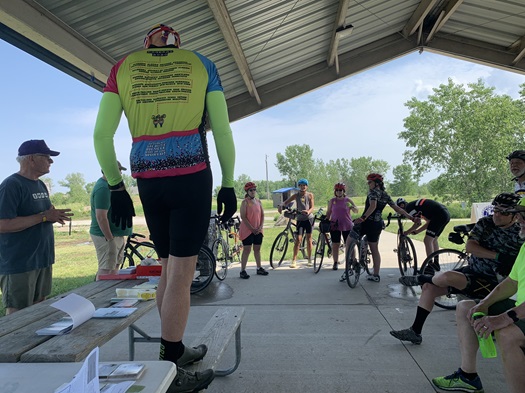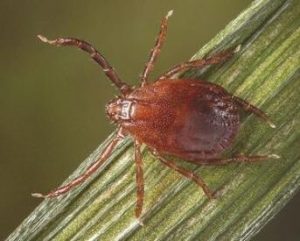(Radio Iowa)- Researchers on the Mississippi River say two years of work to try and deter invasive carp using sound has yielded some promising results. Christa Woodley with the Army Corps of Engineers says four types of invasive carp were intentionally brought here in the late 60s and early 70s, but they led to problems that include reducing water quality that leads to increased dredging and bank destabilization. “When you’re thinking about something like the Mississippi River where we already have quite a bit of flood risk and flood elements, the fish can actually increase those impacts,” she says.
Woodley and Marybeth Brey with the Geological Survey designed a 16-speaker soundbar and installed it at Lock 19 to try to deter invasive carp while minimizing impacts on native species. The soundbar plays sounds specifically at the frequencies the carp can hear. Woodley says the sounds should be irritating to the carp, so they don’t come near. “In some cases it should stop them from wanting to cross, sometimes it will actually cause them to turn around,” Woodley says. The soundbar can be controlled both on site and remotely. It is on for three days and eight hours, then off for three days and eight hours. The scientists can then compare how many fish cross the lock when the system is active and how many cross when it is inactive. Brey and Woodley’s team puts transmitters in 700 to 800 fish a year to track their movements.
The Fish and Wildlife Service, Missouri Department of Conservation, and the Iowa and Illinois Departments of Natural Resources are all involved in the fish tagging. Brey says the data from 2022 shows a 50 percent decrease in silver carp specifically. “So, for every two fish that pass upstream when it’s off, one would pass when it’s on,” Brey says. Most native species in the Mississippi do not hear at the same frequencies as the carp. So far, the system seems not to bother them. Bigmouth buffalo are crossing the lock at similar rates when the system is off and on, but they have not seen significant impacts on the freshwater drum, the paddlefish, or the white bass. “But all things considered on the fish side, it’s looking definitely better than not having it there,” Brey says.
The data from 2023 will be analyzed soon. Though Brey and Woodley provide the results, they don’t decide if the system should be implemented on a broader scale. That decision is left to the states. Besides studying the movement of fish, Brey and Woodley have also been tracking how well their equipment functions over longer periods of time. Woodley says the technology developed for this project can be used for other projects as well. It is already being used by others trying to attract fish towards certain areas, or cover up construction noise. “It’s had a lot of applicability and some really neat science going in to it that we’re able to track and hopefully push out to the people that need it for whatever purpose,” she says. Researchers are studying other deterrent strategies as well.
Carbon dioxide, electricity, and walls of bubbles can all be used to deter the passage of fish. But those methods all deter native fish as well. Brey says some groups are also working on combining removal methods with deterrent methods. “We’re trying to say how can we, if we’re deterring fish, how can we remove them at the same time,” Brey says.
The underwater acoustic deterrent system study is set to continue through the end of the year. It may be extended with different research questions depending on needs of the partner agencies.











